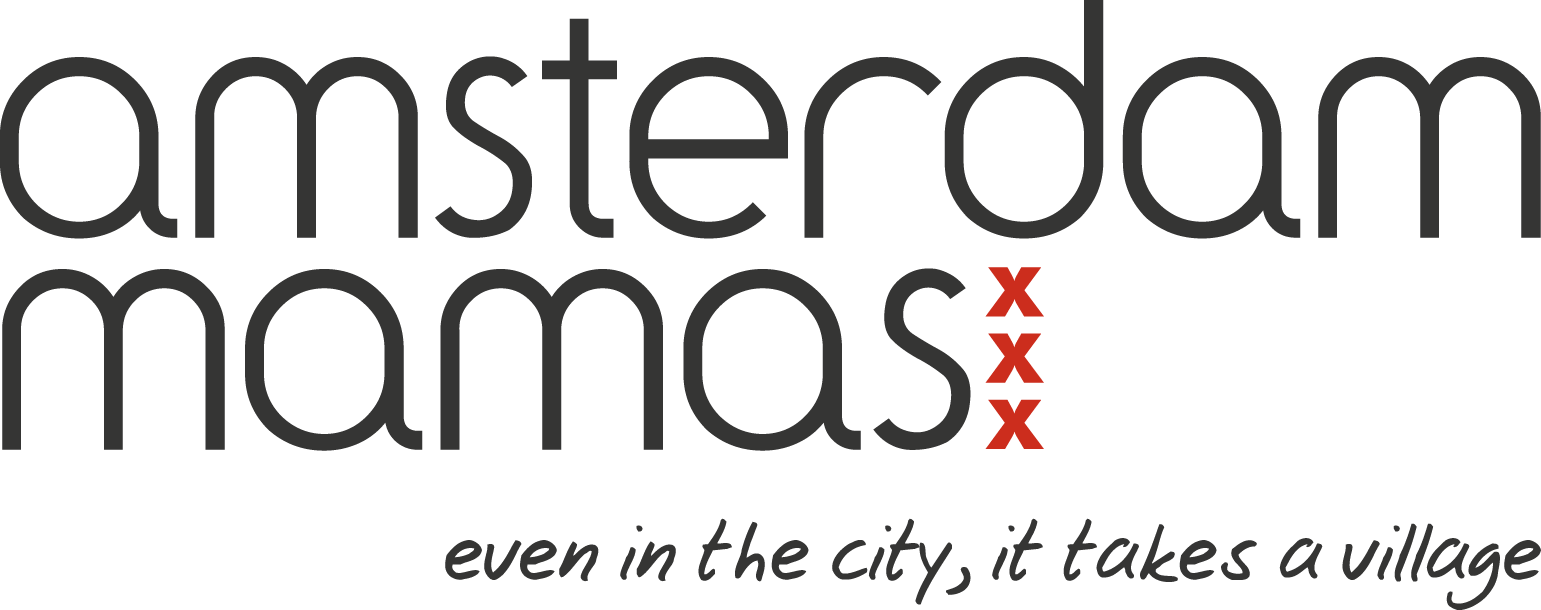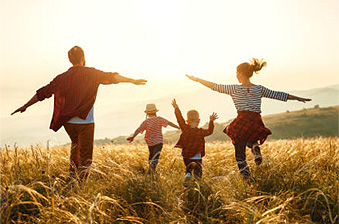Every culture has its cultural idiosyncrasies and the Netherlands is no exception. Whether you are newly arrived or have been here a while, check out this fun Top 5 list created by Netherlands native and language teacher Mariska van der Meij.
Here are five of my favorite peculiarities of Dutch culture.
1) The Weather
The Netherlands has four seasons. Each has their own characteristics but they all have one thing in common: RAIN. It rains a lot. Whether it is lente (spring), zomer (summer), herfst (fall) or winter (winter) … there will always be some form of rain.
Therefore, we have numerous names for specific types of rain, like:
motregen = light rain
miezer = also light rain, but this light rain gets you super wet anyways
een bui = rain for a limited amount of time, usually the exact amount of your bike ride
een stortbui = een bui but worse
hozen = lots of rain for a long amount of time
There are many more, but these five should give you a sense of how central rain is to our weather.
Still, the weather can change every day, and sometimes every hour. Therefore it is ALWAYS a go-to topic of conversation. No matter who you’re talking to – your boss, someone at the bus stop, the queen, your dog – saying something like: “Wat een weertje, hè?” (This weather, right?). It is a perfect conversation starter.
Other options:
Het is koud/heet! = It’s cold/hot!
Bah, wat een regen! = Yuck, this rain!
Lekker warm, toch? = Nice and warm, right?
* Sidenote: Be sure to invest in a proper raincoat! Especially if you decide to ride a bike. Which leads me to the next point …
2) Biking
Even though the Dutch public transportation system is very extensive and will bring you to almost every corner of the country, the best method of transportation in the city is biking. You can go virtually anywhere by bike. Plus you’re completely independent, it’s cheap, and healthy. But it can also potentially be dangerous. (Those triangles – haaientanden, i.e. sharks teeth – painted on the roads and bikepaths are Yield indicators – if the point of the triangle faces you, please yield!) If you don’t know how to ride a bike yet, I suggest taking your bike to a peaceful area outside the city center to practice first, for safety reasons.
If you do get on your bike (YES!), here are a few things you need to know first:
- Dutch city dwellers ride their bikes like they’re the only ones in the world. If you’re slow or wobbly on your bike, they will probably curse at you a bit and go around you. Ignore this and focus on your own ride.
- Some people consider traffic lights to be just decoration, and not everyone follows the rules. So be careful – even when the light is green.
- There will always be headwinds no matter what direction you are going, so bring a brush 😉 .
- If you’re here with your family, the bakfiets is a lifesaver. Having a car in the city is expensive and mostly useless, since you’ll be stuck in traffic all the time. A bakfiets will allow you to transport your children, dogs, partner and groceries all over the city. Buy an electric one for extra comfort and no sweaty armpits ;-). Always be sure to lock your bike to the max and be careful around trucks and busses!
3.) Birthdays
De kringverjaardag or ‘celebrating your birthday while sitting in a circle’.
As a child I experienced many kringverjaardagen, mostly with relatives. The concept is as follows: The person celebrating their birthday makes as much space as possible in their living room, and puts as many chairs as can fit in a circle. When you arrive as a guest, you’re expected to take a seat and not move from this seat until you leave. So be sure to arrive a little late (but first read ‘Planning’ below), to ensure you don’t have to sit next to Tante Tineke the whole day. The person celebrating their birthday is also the host and therefore has limited time to spend with each individual guest. This ordeal takes up most of the day and is filled with cake, bites, soup, buffet, and of course, coffee.
Sidenote: Amongst the non-Dutch who have endured such a birthday, it has become known as ‘the circle of death’.
We treat others on our birthday!
At work, you are expected to bring your own cake to share with everyone. When throwing a party, you buy your guests’ drinks. In return, it’s appreciated (and expected) that guests bring a gift.
4.) Planning
It can be challenging to have a spontaneous date with a Dutch person because they usually have something planned already. It’s embedded in our culture to plan everything ahead. If you want to do something with a Dutch person, they’ll look at their agenda, say “Even kijken” (let me check) and then make a suggestion for a date in three weeks! It’s not pretty, but it is what it is. Also, punctuality is key. We always try to be on time, and will call or send a message if we’re late.
5.) Dutch Food
Potatoes are the traditional food for the Dutch, preferably ‘stamped’ into mashed potatoes. Throw in some veggies like kale (boerenkool), pour gravy into the hole you create in the middle of the dish, add a U-shaped sausage and: Klaar is Kees! (Done!). It’s called ‘stamppot’ and it’s the perfect cold-weather food.
For lunch we eat boterhammen (directly translates to ‘butter hams’, i.e. slices of bread) brought from home, and topped with some cheese or sliced meat. We end our lunch on a sweet note with a boterham met hagelslag (slice of bread with chocolate sprinkles). Lekker! Lunch doesn’t take up much time, so there’s more time to do other stuff. So practical!
If you enjoy the food you’re eating, you make a waving gesture towards your cheek and produce the sound: mmmm!
Mariska van der Meij
Mariska van der Meij is a native Amsterdammer who has studied English, French, Spanish, and Japanese (often in-country). Her experience and passion for language learning inspired her to form her own company Mama Dutch to provide fun, relaxed, and personal lessons for all levels of Dutch including inburgeringsexamen. She lives in Diemen with her partner Pieter and children Cato and Hugo.






